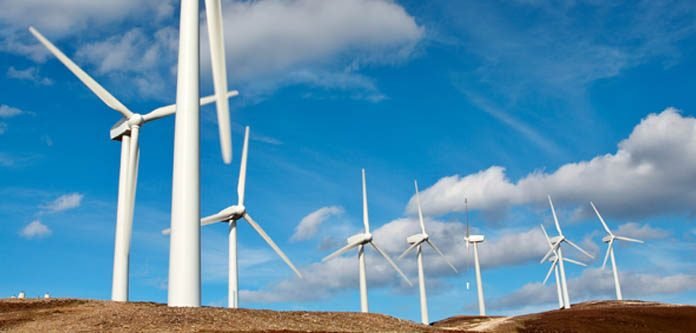A cement producing firm in Kenya has opted to build a wind farm to power its manufacturing operations. Tired of inefficient supply and rising cost of electricity, the company opted to put up the facility to help curb power inefficiencies that increasingly undermine its operations and profitability.
The Mombasa Cement plant, is putting up a 36-megawatt wind farm consisting of 12 turbines of 3MW each on a section of its 1,200-acre piece of land on which it operates a clinker plant.
Koppal Srikantaiah, head of plant, explains that the company incurred costs in 2018 for the 16 days lost without working due to power outages.
“We failed to meet demands,” he said.
The construction of the wind power plant got underway early this year in Vipingo, Kilifi County and is expected to go live next month.
“We have already initiated setting up of 132-kV transmission line direct from main supply in Kaloleni to ensure a steady supply of power but the inefficiency in the supply of power and the high cost is real eating in our profits,” said Koppal.
READ: KenGen pursuing external partnership for green energy project
Mombasa Cement, which began operations in 2007, is now the second largest cement manufacturer in Kenya after Bamburi – with a market share of about 15 per cent.
The company has joined a growing list of establishments that have set up their own power production units to battle inefficiencies of the State-controlled Kenya Power.
These include KTDA, Strathmore University, Garden City, Williamson Tea, Africa Logistics Properties, Kapa Oil Refineries, London Distillers, and Oserian Flowers.
KTDA has, for example, connected seven of its factories to its hydropower stations in the mount Kenya region, a move that has saved it millions of shillings in monthly power bills.
The success of KTDA’s hydropower project has inspired other tea producing companies who are now eyeing production of own power to boost efficiency.





